Before we get started, here’s a quick note on the current state of the collector car market from blue-chip Porsche specialist Lee Maxted-Page: “Over the past year, the market has shown that it’s driven by cars that are termed ‘the best of the best’, particularly those which are new to the market. Anything else has to be priced realistically to attract any interest. And moving into 2018, I think we’ll see more of the same.” Of course, these aren’t investment tips and there are many non-financial returns to be had from all of these cars. In fact, we were pleased to hear usability as a key reason in a number of our experts’ choices, which can only be a good thing. Let’s get to it…
F50 reasons why
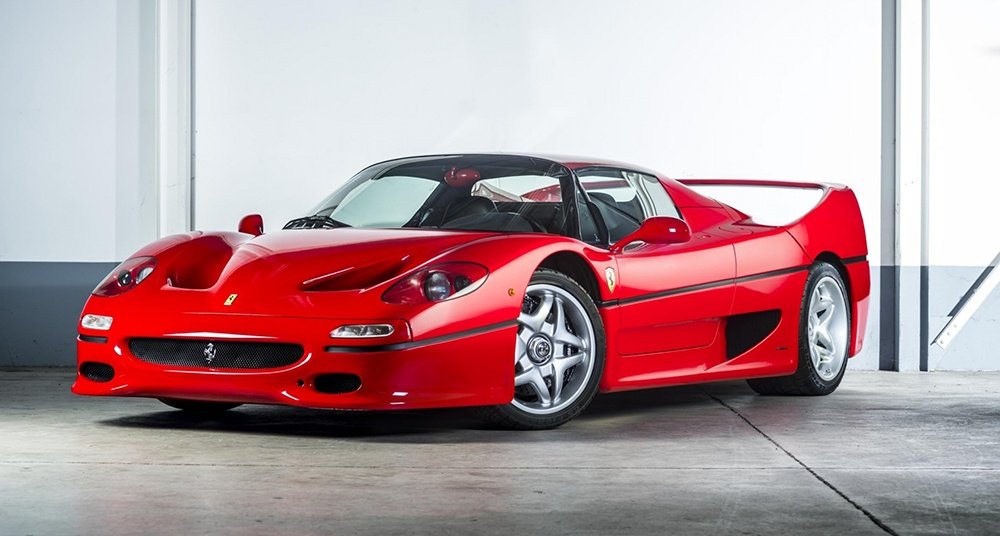
While limited-edition modern Ferraris, such as the 360 Challenge Stradale, 430 Scuderia, and 599 GTO, have fallen back a touch from their short-lived peak in 2016, James Cottingham of DK Engineering has seen demand for the marque’s extremely valuable ‘halo’ supercars — particularly the F50, of which just 349 were built — march on. “These modern-era cars are much more attractive to those who want to use their cars,” he comments. “They’re more reliable than the 1950s and ’60s cars and, for road use, more impressive and exhilarating.” He also attributes the reason to the fact collectors are consolidating their collections. “It’s very hard to actually use five or six different cars, so people are selling their Stradales and Scuderias and putting the cash into one car that they can enjoy more.” If Cottingham’s hunch is correct, don’t be surprised to see lower-mileage Ferrari F50s edge over £2m in the new year.
Hand-built and handsome
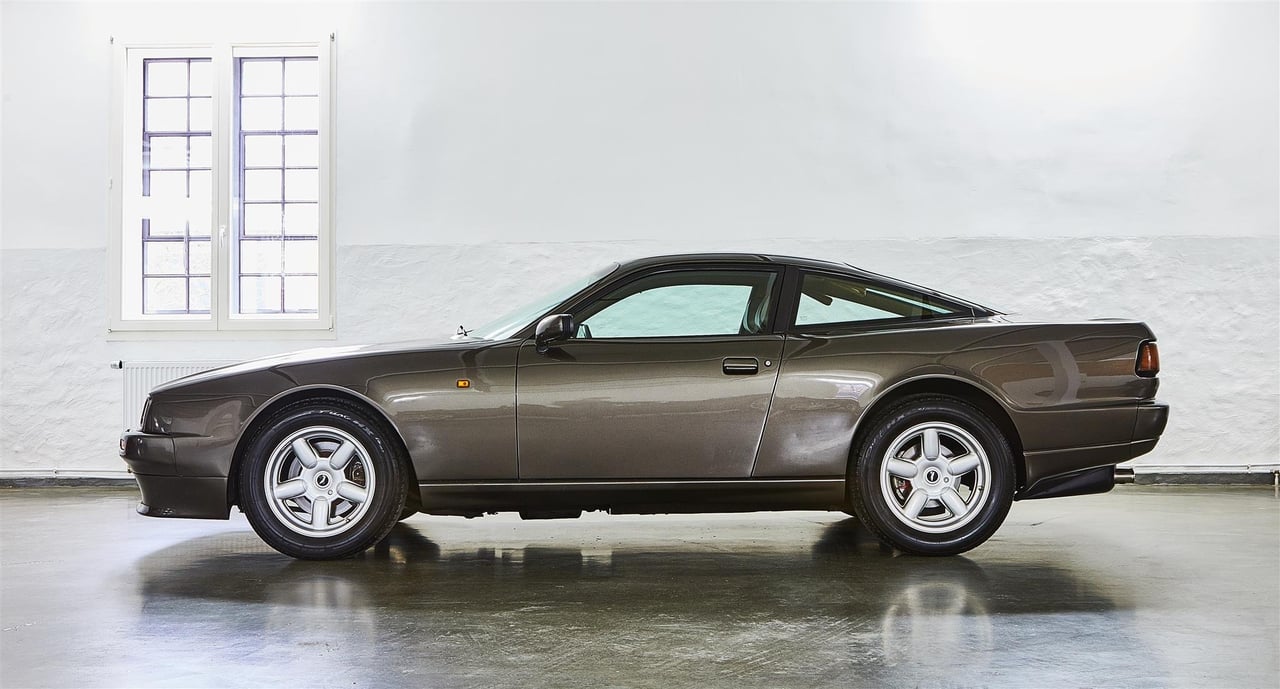
In a market as discerning as ever, rarity has shot to the top of many people’s criteria when it comes to choosing their next car. It’s for this reason, coupled with a demographic change in buyers, that Dylan Miles believes the Aston Martin Virage — particularly, the elusive 6.3 model — is a car to watch in 2018. Marque authority Stephen Archer agrees, deeming the model a seminal car in Aston Martin’s history. “This was the car with which Aston Martin turned a corner in the late 1980s,” he comments. “It helped the marque to survive and showed that it was capable of remarkable engineering with limited resources.” As mentioned, it’s also extremely rare — just 358 coupés and 233 Volantes (in addition to around a dozen upgraded 6.3-litre examples) were hand-built at Newport Pagnell. “The Virage has been underrated for far too long,” concludes Archer. “Its renaissance is now due.”
British is best
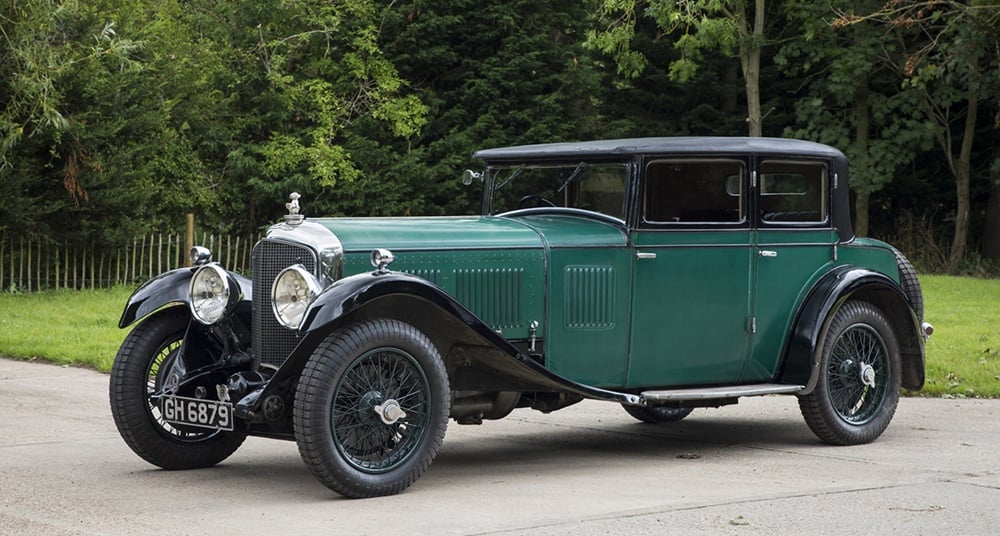
Dietrich Hatlapa of the Historic Automobile Group International believes that British pre-War cars will become more sought after in 2018, thanks to their relative affordability in comparison to similar cars from the likes of Bugatti and Alfa Romeo, and the rise in the number of dedicated specialists and parts suppliers. “Be it Bentleys, Alvises, or Rileys, I think these cars are very attractive to those who actually want to put them to good use in events,” he explains. “Often, road rallies and hill climbs in the UK are held in such poor conditions, that to compete in something much more exotic and valuable would be nonsensical.”
Precious Paganis
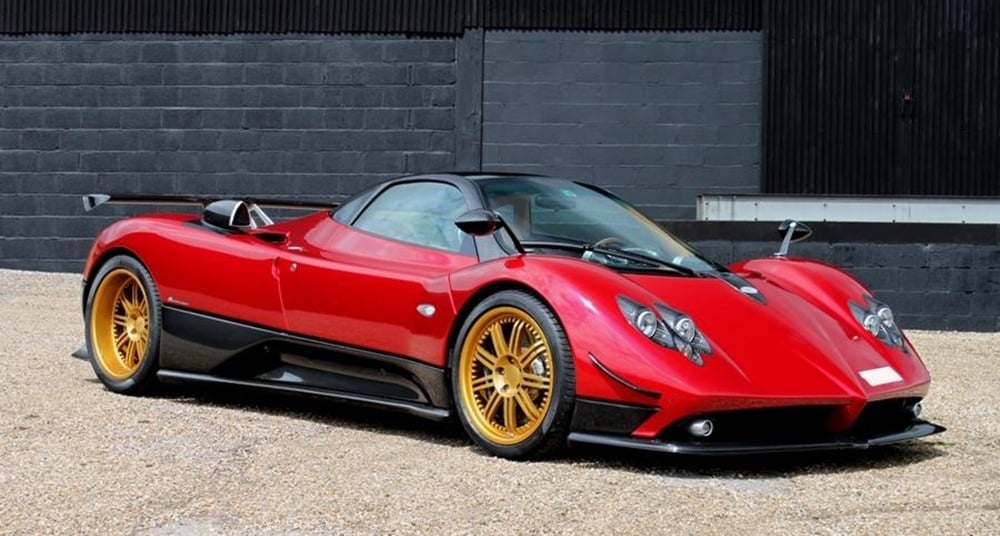
Pagani is one of the few supercar brands that will, on receipt of a sizeable cheque, personalise your car with no real limits. And we’re still seeing ever more extreme variants of the Zonda creep out of the factory, in spite of the newer Huayra’s global popularity. Incidentally, the marque has just launched an official restoration programme for owners who’d like their cars to look as they did when they first left the factory. It’s for these reasons that Max Girardo of Girardo & Co. reckons “there’s definitely good potential for these cars in the future. The Huayra has been selling well at auction in America, and the factory support for Zonda owners is unique to the brand.” As we’ve seen from the infant supercar manufacturer, however, prising these special cars from their owners’ grips has proved particularly difficult…
Bargain Bugatti?
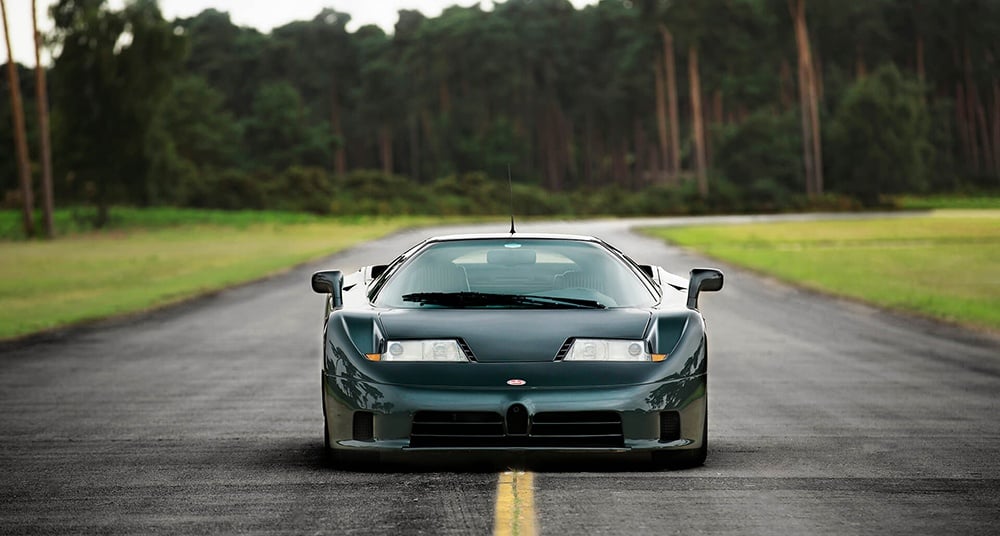
At around one-twentieth of the value of its contemporary, the McLaren F1, key market influencer Simon Kidston of Kidston SA believes the Bugatti EB110 represents good value. “The Super Sport is the rarer car, but a lot of people prefer the cleaner aesthetics of the GT,” he comments. “If you look at who made the car, the technology that went into it, and the values of its contemporaries, I think it looks like a smart car to buy.” Gord Duff, global head of auctions at RM Sotheby’s, concurs, citing the release of the new Chiron as a catalyst for its increasing demand. “We continue to see growing demand for low-mileage supercars and an affinity for 1980s and ’90s design,” explains Duff. “And with the release of the Chiron, I think we’ll find more collectors looking to assemble the full Bugatti set — the EB110, Veyron, and Chiron — much like they do with the ‘halo’ Ferraris.”
Second wind
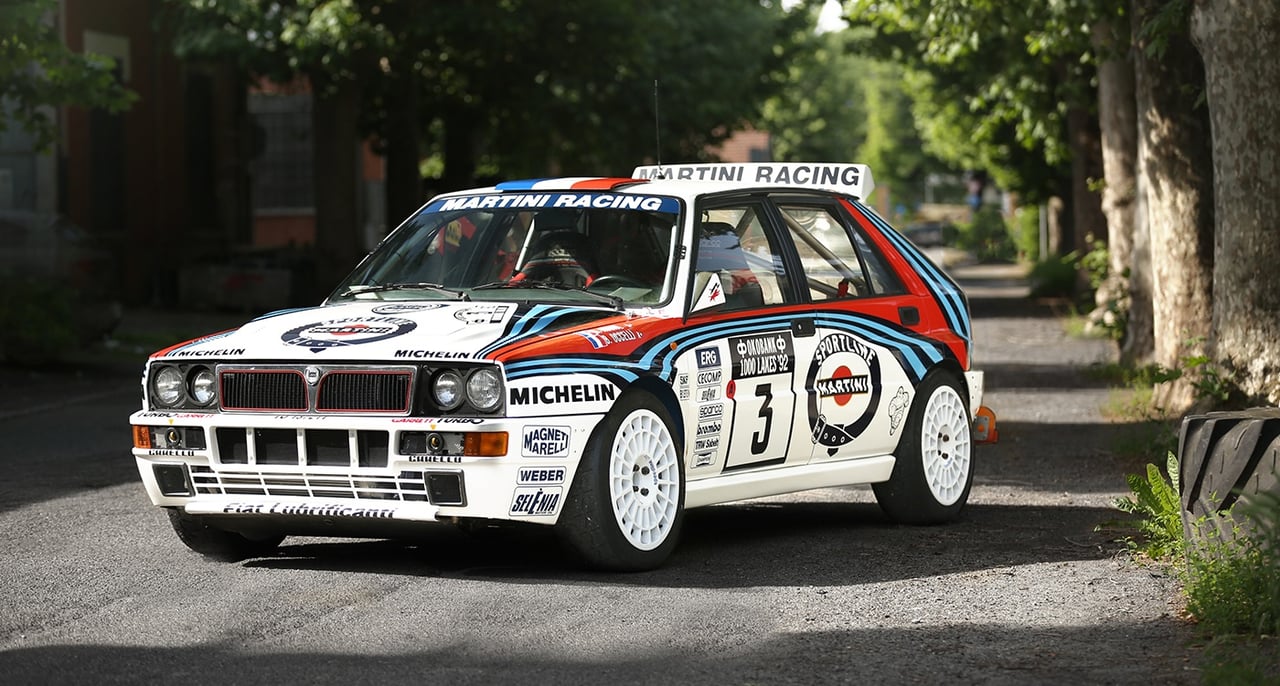
Another vote for the competition car camp has been cast, this time from Max Girardo, who believes ex-Works Lancia Delta Integrale Group A rally cars are on the cusp of an upward trajectory. “You haven’t really been able to do anything with them until now, but more events are emerging,” he explains. “Furthermore, they’re getting to that age where they’ve become good looking and desirable — before you know it, they’re going to be collectable and very valuable.” A note of caution for anyone in the market for such a car, however: Girardo made a point to note that only the factory-entered cars with good histories are those that will become the most sought after. Separating the wheat from the chaff, particularly with Lancias of this era, is of paramount importance.
Jewels in the crown
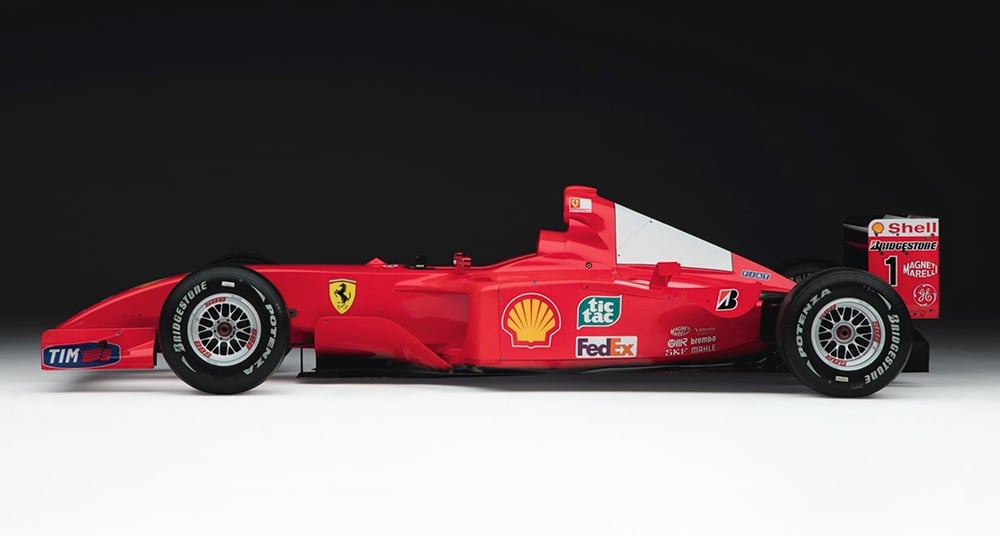
The 7.5m US dollars RM Sotheby’s recently achieved for the Ferrari Formula 1 car in which Michael Schumacher clinched victory at Monaco in 2001 might have been an exceptional outlier price, paid for a host of circumstantial reasons. But Tom Hartley Jnr firmly believes that Grand Prix-winning Formula 1 cars — particularly from the 1970s — are generally undervalued and becoming more and more desirable. “I believe the most desirable era in Formula 1 is the 1970s,” he comments, “and if you look at the number of privately owned Grand Prix-winning Ferraris or McLarens from then, you realise there really aren’t that many to choose from.” He does think, however, that a precedent has been set with the Schumacher car, and winning cars from this generation are already highly sought after and will continue to rise in value.
The second generation
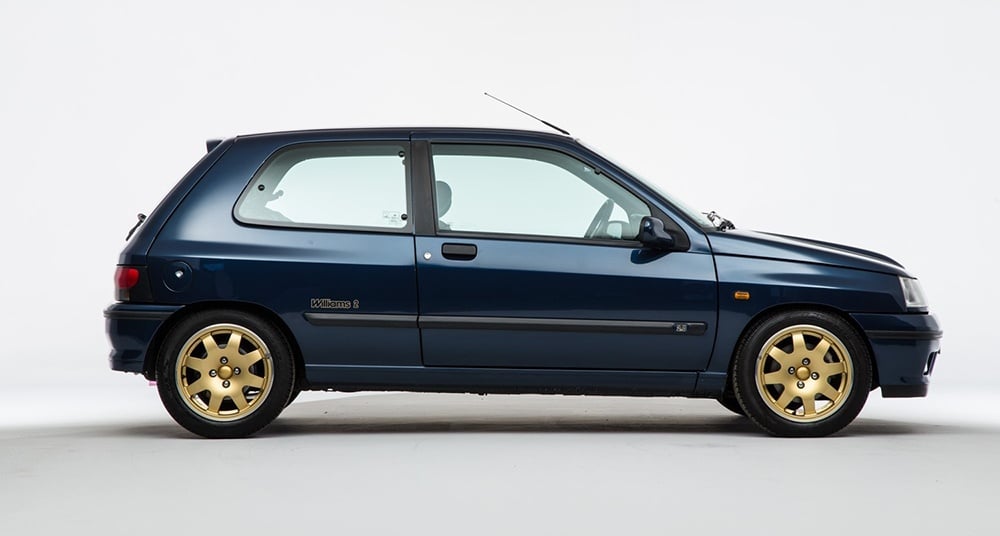
First-generation ‘hot hatchbacks’, such as the Volkswagen Golf GTI and the Peugeot 205 GTI, have, unbeknownst to many, soared in value and, in turn, become genuinely collectable cars. But Lucas Hutchings of Image Automotive thinks that the second-generation hot hatches from the 1990s — cars such as the Peugeot 106 GTI and the Renault Clio Williams — offer as much entertainment for considerably less money. “Where earlier hot hatches are now huge money, it leaves space for the next generation, which was still light and just as great to drive,” he explains. Hutchings also thinks sports cars from the 1990s, in general, will become more popular, as their predecessors continue to rise in value and the market demographic continues to become younger.
Feats of endurance
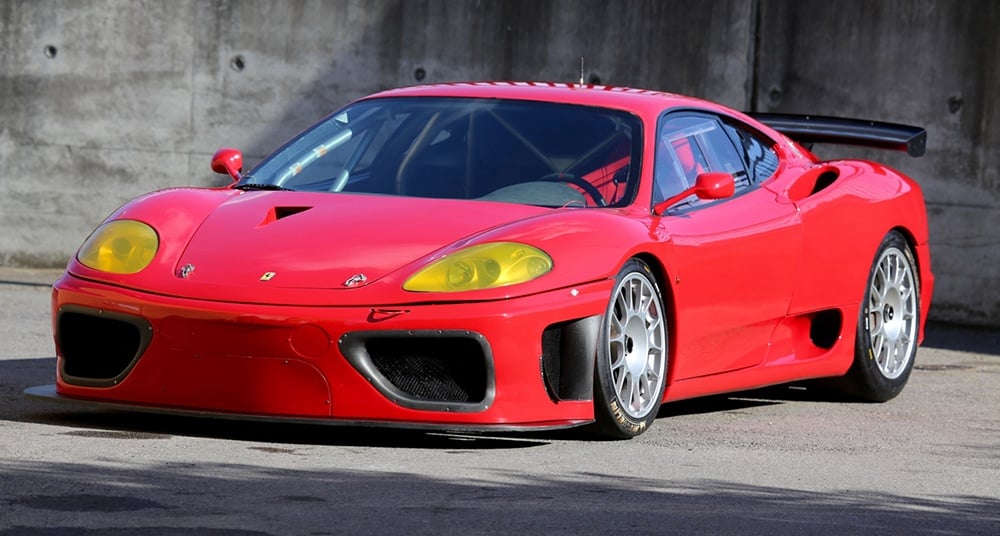
Competition car specialist Jan B. Lühn cites increasingly stringent regulations against road-going classic cars in Europe, straightforward maintenance, and the emergence of new motorsport series, such as Masters Endurance Legends, as catalysts for the rising demand for modern racing cars. “If I were to put my personal money into a car in 2018,” he comments, “I would look for a 1990s or early 2000s endurance racing car, such as a Ferrari 360, Porsche 911, Aston Martin V8 Vantage, or Chevrolet Corvette — ideally with Le Mans history.” The last point is important to note, as prices can fluctuate dramatically from car to car. “You can pick up a privately entered Ferrari 458 GT2 with several national club events under its belt for as little as 350,000 euros,” he explains. “But for a Works-entered Le Mans or Championship winner, you’ll pay well over 1m euros.”
Amusement factor

The long-awaited reveal of the Lamborghini Urus has, according to Simon Kidston, “mercilessly hyped up the LM002 over the last few months.” And while he doesn’t believe the marque’s first SUV is worth what some people would like them to be worth — or indeed paid for in recent weeks — he does think it’s a car that enthusiasts and collectors should experience at least once in their lives. “Whenever any modern car manufacturer brings out a new model that reignites interest in the brand, it always helps out the older cars,” he comments. “The LM002 is very much of the moment, given the release of the Urus, and I think that while it’ll never be a serious collector car, its amusement value warrants it a place in any collection of sports cars.”
Photos: Various Classic Driver dealers












